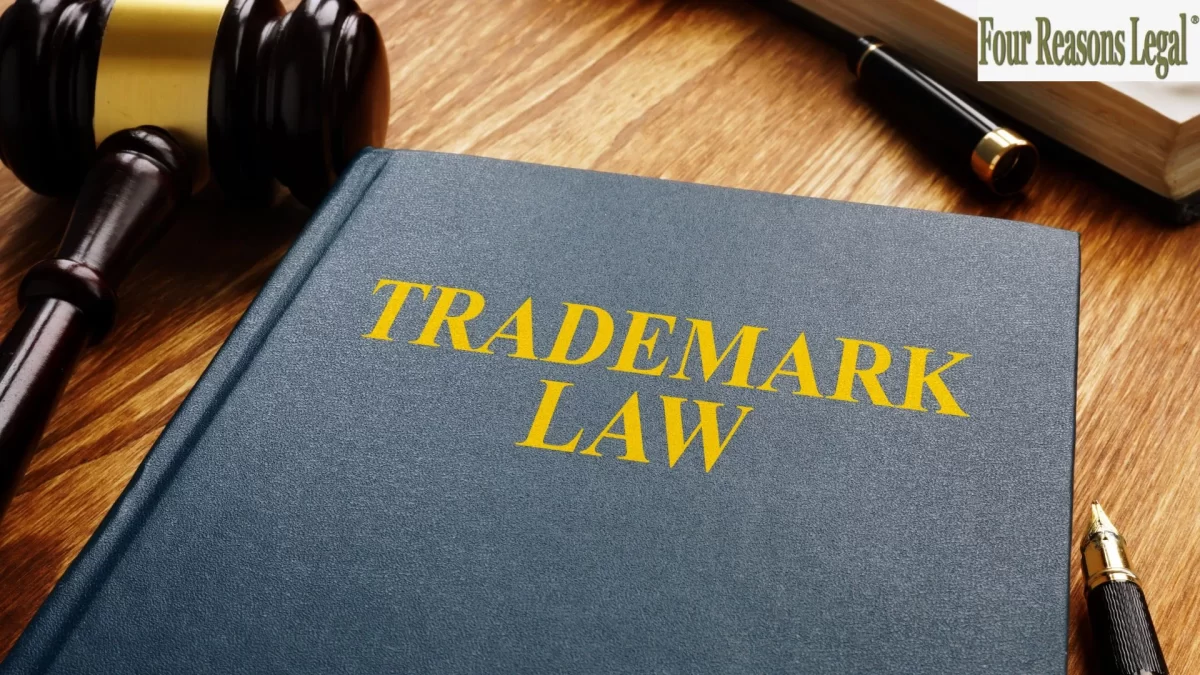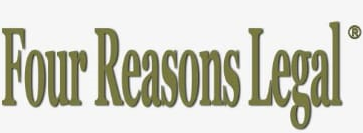What to Do When You Get an Office Action Refusal from the USPTO

When a person is seeking to protect their brand or invention, they typically fill out an application seeking trademark and patent protection with the United States Patent and Trademark Office (USPTO). However, one of the common hurdles people face in these situations is office action refusal. If you receive one of these, the attorneys at Four Reasons Legal can help you understand what to do when you get an office action refusal from the USPTO.
What Is an Office Action Refusal?
An office action refusal is a form of communication from the USPTO responding to an application that informs the applicant that their trademark or patent application has been refused. The refusal letter will typically outline the reason why the application cannot move forward.
There are several reasons why an application may be refused. For trademark applications, an application may be refused for the likelihood of confusion with already existing trademarks, a lack of distinctiveness, or failing to meet other requirements. For patent applications, an application can be refused for lack of novelty, obviousness, an inadequate description, or failing to meet other requirements.
Essentially, a refusal is given if an examiner has identified problems with the application that would need to be addressed before the process can proceed. Once the refusal is received, the applicant should carefully review the refusal before taking any action. The reason for refusal may require the applicant to either amend their application, provide additional information, or file an appeal.
There are a number of reasons why an application may receive an office action refusal. There are, however, some reasons that are more common than others. Some of the most common reasons include:
- Likelihood of confusion
- Descriptiveness
- Commonly used phrase
Likelihood of Confusion Refusal
This refusal is exactly as the title describes. If an examiner looks through their database and finds that your trademark is similar to another trademark in their system and provides similar services, you could receive a likelihood of confusion refusal. This means it is reasonable to believe that the consumer could confuse your product with another unrelated trademark. If you receive a likelihood of confusion refusal, here are some ways you can respond:
- Highlight how your trademark is different from the registered trademark
- Highlight how your goods and services are different from the registered trademark
- Alter your goods or services, typically by narrowing down its usage
- Get an agreement from the registered trademark owners stating consent
- Check the status of the registered trademark to see if it is in dead status, which would not allow your trademark to be barred.
Descriptiveness Refusal
This refusal is sent when an examiner notices that an applicant’s design is solely a description of an aspect of their goods or services. For example, an application may get denied for “creamy” for a yogurt. Descriptive language is generally discouraged so as to avoid the possibility of a legal claim for encroaching on another registered trademark. If you receive a descriptiveness refusal, here are some ways you can respond:
- Give an explanation or defense on how your design is not descriptive. When doing this, you want to include fact-based evidence to back your claim. You can also describe your goods and the industry to show that your terminology is not descriptive. Using web pages, brochures, or other forms of media to prove your claims can be helpful as well.
- Amend your application. If you agree that your design is descriptive, you can amend your application. Speak with the examining attorney about your options to amend.
- Amend your goods and services. Usually, this amendment will be made to narrow down the field of use. Be sure to speak with the examining attorney regarding your options for amendment. Typically speaking, if you amend this portion, it cannot be changed back to the original.
Commonly Used Phrase Refusal
This refusal happens if it is deemed that your trademark is a “widely used message.” Commonly used phrases such as “Think Green” or “Family Owned” could be refused, especially if there are no other descriptors, as they are common phrases that would not be reasonably linked to the trademark by the average consumer. If you receive a commonly used phrase refusal, here are some ways you can respond:
- Prove that your trademark is not a commonly used phrase. Provide fact-based evidence to show this.
- Provide proof that you’ve used the phrase with your goods and services before.
FAQs
Q: What Would Cause a Refusal or Office Action by USPTO?
A: A refusal or office action by the USPTO can be caused by a number of reasons, depending on whether it is a trademark or patent application. Some common reasons for a trademark refusal include existing trademarks, descriptiveness, and genericness. Some common reasons for a patent refusal include lack of novelty, obviousness, and inadequate description.
Q: How Should You Respond to Office Action?
A: To respond to an office action, you want to carefully review the reasons for the refusal. These reasons will be outlined in the office action. Then, you will want to prepare a detailed response to the refusal’s concerns. You will want to provide evidence supporting your claims. It is often recommended to request the assistance of a patent or trademark attorney for guidance on how to craft an effective response.
Q: Is There a Grace Period for USPTO Office Action?
A: You must respond to the USPTO’s office action within a specified grace period to avoid abandonment of your application. For trademark applications, this period is usually six months from the date the office action was issued. Not filing within the grace period can cause your application to be canceled or expired.
Q: What To Do If Your Trademark Is Rejected?
A: If your trademark application is rejected, you have a few options to pursue. First, you want to carefully review the reasons for the rejection. Next, you will want to either amend your application, provide additional evidence for your claims, or file an appeal. It is advisable to consult with a trademark attorney to help with the necessary paperwork to take the next steps.
Contact Four Reasons Legal Today
With over 15 years of providing legal counsel to those who need assistance in trademark operations, Four Reasons Legal can help you with your trademark and patent concerns. Contact us today for more information.




